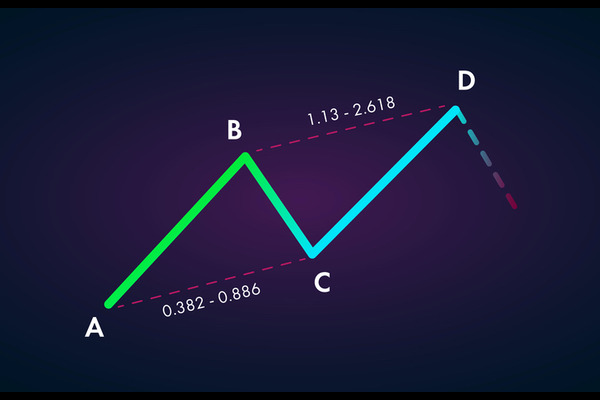What is Commodity Channel Index (CCI)?
The CCI (Commodity Channel Index) is a technical analysis tool used to
determine the overbought and oversold situations in the market and the trend
reversal point of prices. Its application is mainly based on the relationship
between the value of CCI and its fluctuation range within a specific time
period.

The value of the CCI indicator represents the difference between the current
price and its average price. It is calculated by subtracting the average price
over a certain period from the current price and then dividing it by a constant
times the absolute value of the Average absolute deviation. When the absolute
value of the CCI indicator is greater than a certain threshold, it indicates
that the market is overbought or oversold.
There are several methods for buying and selling signals based on CCI
indicators:
1. Overbought and Oversold Signal: When the value of the CCI indicator
exceeds the set threshold (usually +100 or -100), it indicates that the market
has overbought or sold, and there may be a price reversal. When the CCI
indicator exceeds +100, it means the market is overbought and can be considered
for sale. When the CCI indicator is below -100, it indicates that the market is
oversold and can be considered for buying.
2. Trend Reversal Signal: When the CCI indicator drops from the overbought
area to the bottom or rebounds from the oversold area to the top, it may
indicate a reversal of the price trend. When the CCI indicator drops below the
overbought area, selling can be considered. When the CCI indicator rebounds
above the oversold area, buying can be considered.
3. Zero Line Crossing Signal: When the CCI indicator crosses the zero line
downwards from a positive area, it may indicate a downward trend in prices; When
the CCI indicator crosses the zero line upwards from a negative range, it may
indicate an upward trend in prices. Investors can determine the timing of buying
or selling based on this zero-crossing signal.
The homeostatic indicator CCI also includes many types, such as daily CCI,
weekly CCI, annual CCI, and minute CCI. The daily and weekly CCI indicators are
often used for stock market analysis. Although their calculation values may
vary, the basic method is the same.
Taking the daily CCI calculation as an example, there are two calculation
methods.
The first calculation process is as follows:
CCI (N days) = (TP MA) ÷ MD ÷ 0.015
Among them, TP = (highest price + lowest price + closing price) ÷ 3.
MA is the cumulative sum of closing prices in the past N days.
MD=cumulative sum of absolute values of the past N days (MA closing price) ÷
N
0.015 is the calculation coefficient, and N is the calculation period.
The second calculation method is expressed as the difference between the
N-day Moving Average of the median price and the median price divided by 0.015 *
the average absolute deviation of the N-day median price.
Among them, the middle price is equal to the sum of the highest, lowest, and
closing prices divided by 3.
The average absolute deviation is a statistical function.
From the above calculation process, it can be seen that, compared to other
technical analysis indicators, the calculation of CCI indicators is relatively
complex. Due to the popularity of stock market technical analysis software,
investors do not need to calculate the CCI value, mainly through understanding
the calculation method of CCI indicators and becoming more proficient in using
it to analyze the stock market situation.
Relying solely on CCI indicators for buying and selling decisions may pose
certain risks, so it is recommended to combine other technical analysis tools
and market conditions for comprehensive judgment. In addition, setting
appropriate thresholds and time periods is also key to using CCI indicators for
buying and selling decisions. It is best to conduct testing and validation on
simulated transactions or small transactions to improve the accuracy and
profitability of transactions.







